Colorado, celebrated for its stunning landscapes and diverse ecosystems, proudly hosts four national parks, each offering its own unique natural wonders. These parks serve as sanctuaries for many wildlife and provide numerous recreational activities for visitors worldwide. As stewards of these natural treasures, you can take great pride in the distinct characteristics of each park.
The national parks in Colorado are crucial for conserving environmental heritage and play a significant role in cultural and historical narratives.
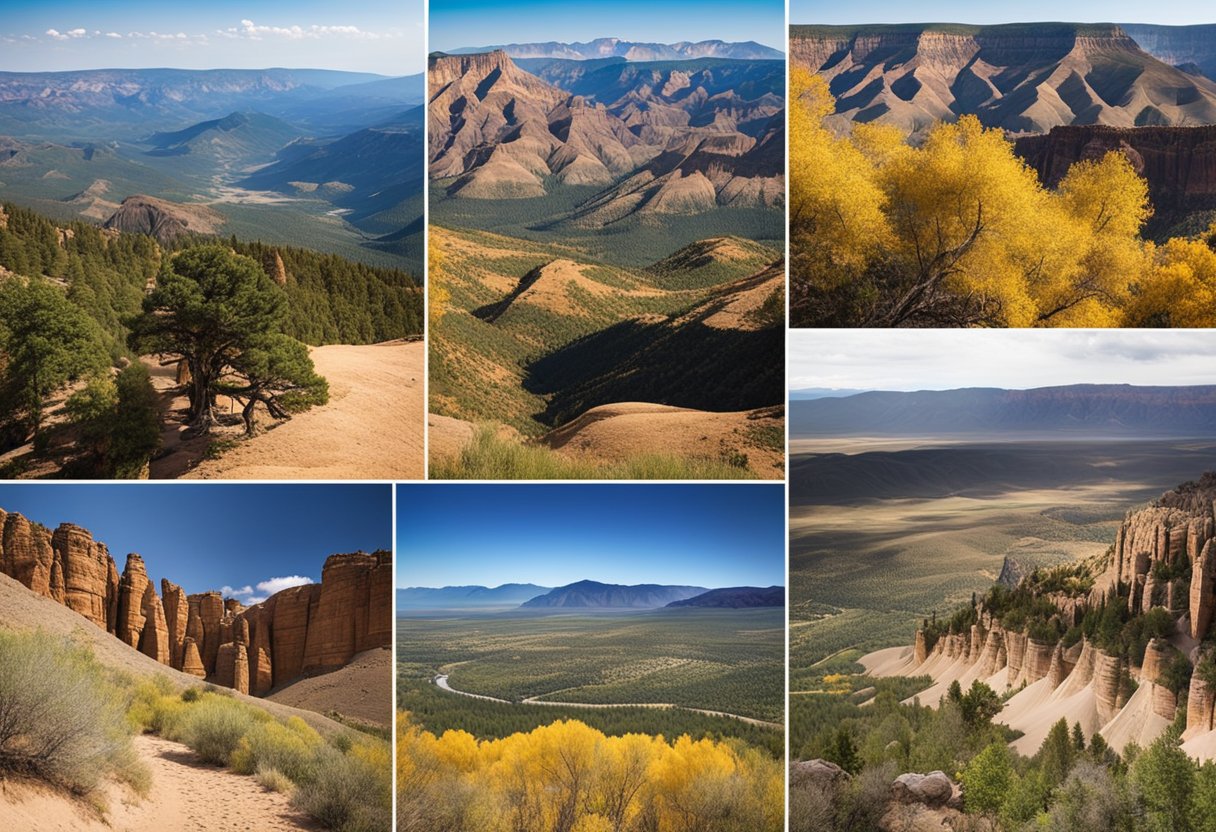
From the majestic Rocky Mountain National Park with its awe-inspiring peaks and alpine lakes to the profound depths of the Black Canyon of the Gunnison National Park, these spaces are integral to the state’s identity. The ancient cliff dwellings in Mesa Verde National Park and the vast sand dunes of Great Sand Dunes National Park and Preserve highlight the unique diversity of Colorado’s landscapes.
These areas are recognized and cherished for their unspoiled beauty and the adventure they offer. Colorado’s national parks stand as a testament to the natural majesty of the American landscape, with a commitment to their preservation for future generations to encounter and enjoy.
Overview of Colorado’s National Parks
Colorado boasts a diverse selection of national parks, each offering unique natural wonders and cultural heritage. This guide will take you through the highlights of these four remarkable parks, from the majestic peaks of the Rocky Mountains to the ancient cliff dwellings of Mesa Verde.
1. Rocky Mountain National Park
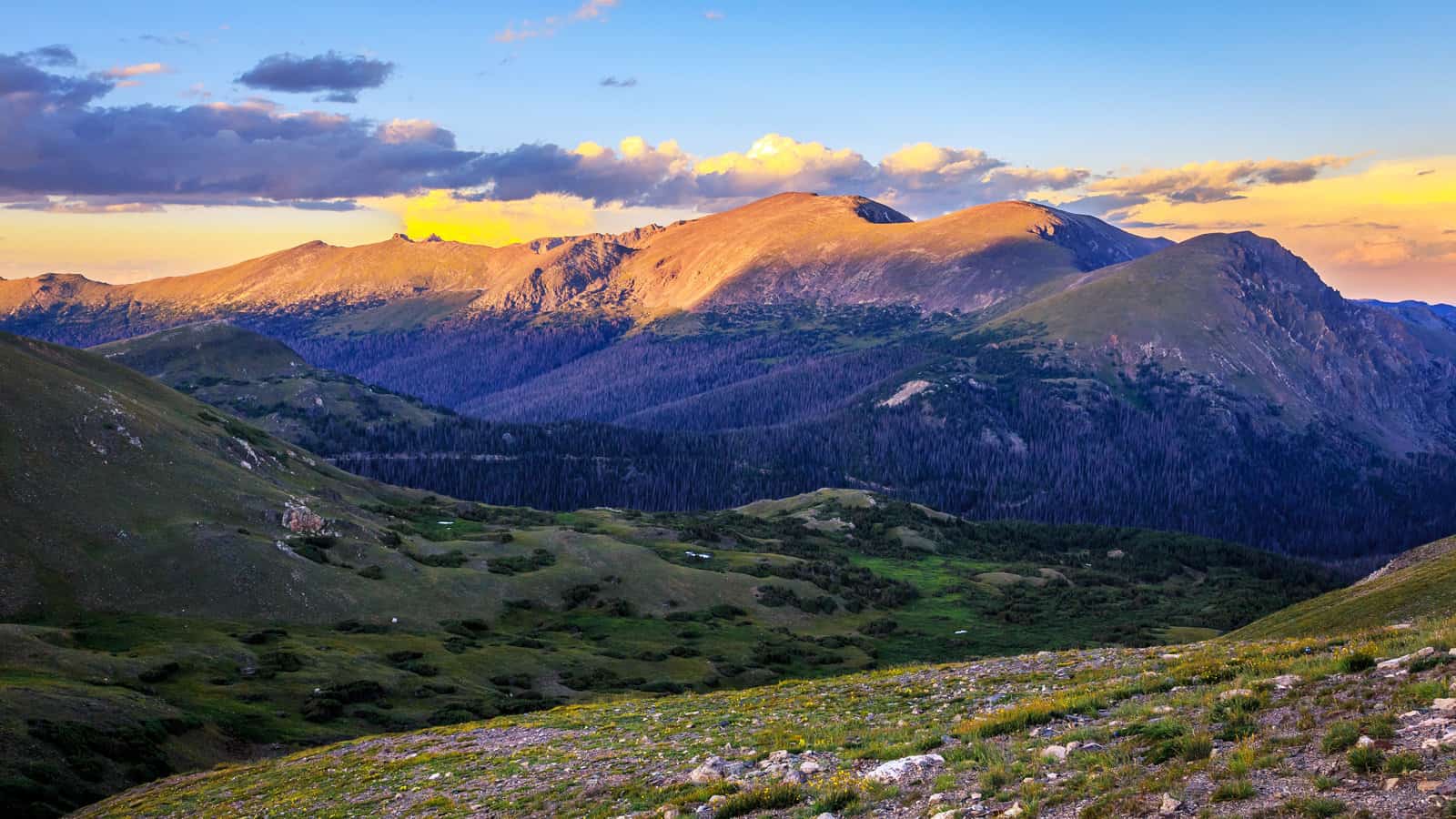
Rocky Mountain National Park features a spectacular array of mountain environments. Near Estes Park, you can explore over 300 miles of hiking trails traversing the park’s diverse ecosystems, including serene forests, rugged tundra, and delicate alpine wildflowers. It’s a paradise for wildlife enthusiasts and hikers alike.
2. Mesa Verde National Park
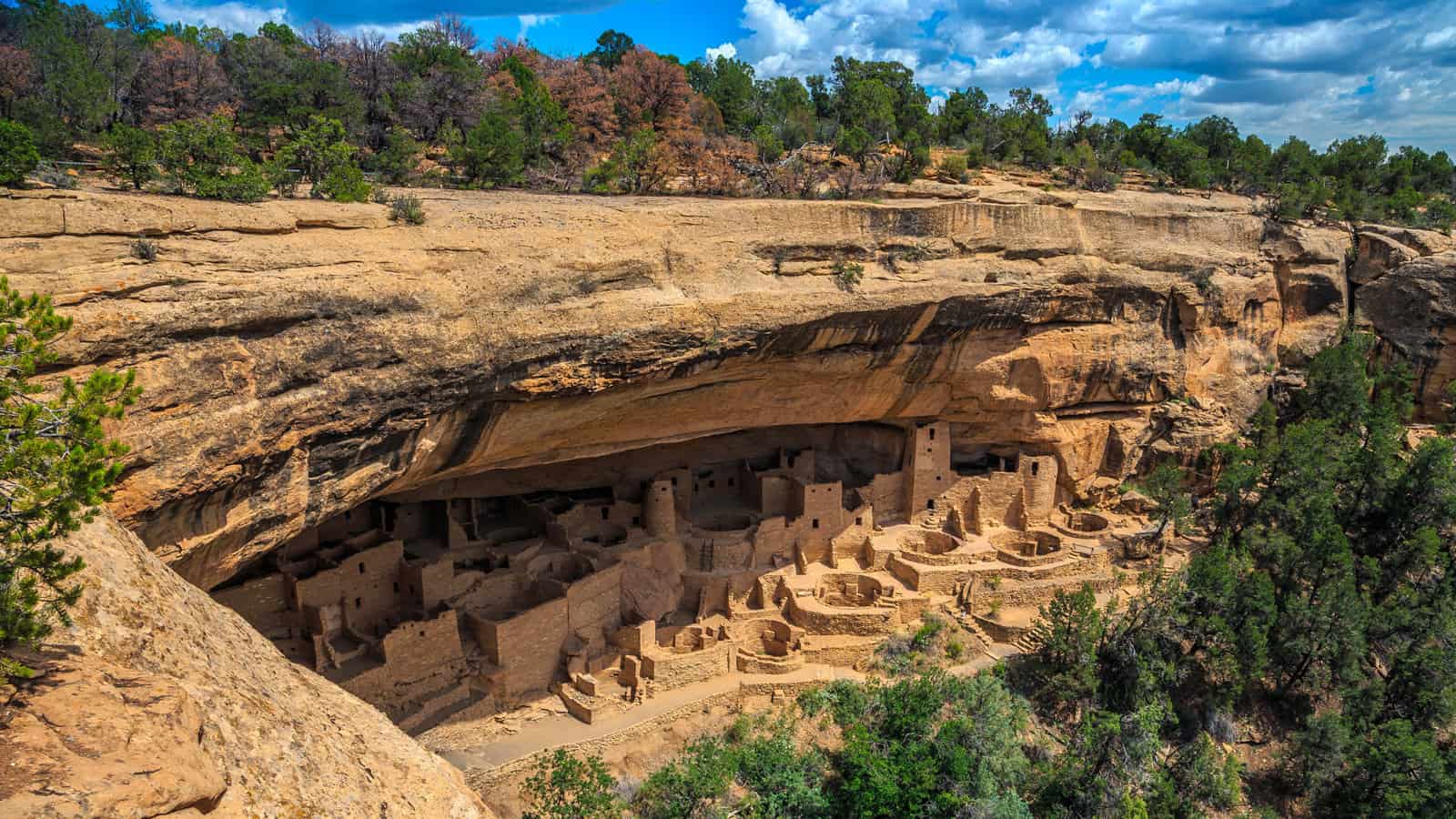
At Mesa Verde National Park, near the town of Cortez, you can witness the rich history of Ancestral Puebloan culture, reflected in over 600 cliff dwellings. The park protects sites like the intricate Cliff Palace and allows visitors to contemplate the lives of those who meticulously built these structures.
3. Great Sand Dunes National Park and Preserve
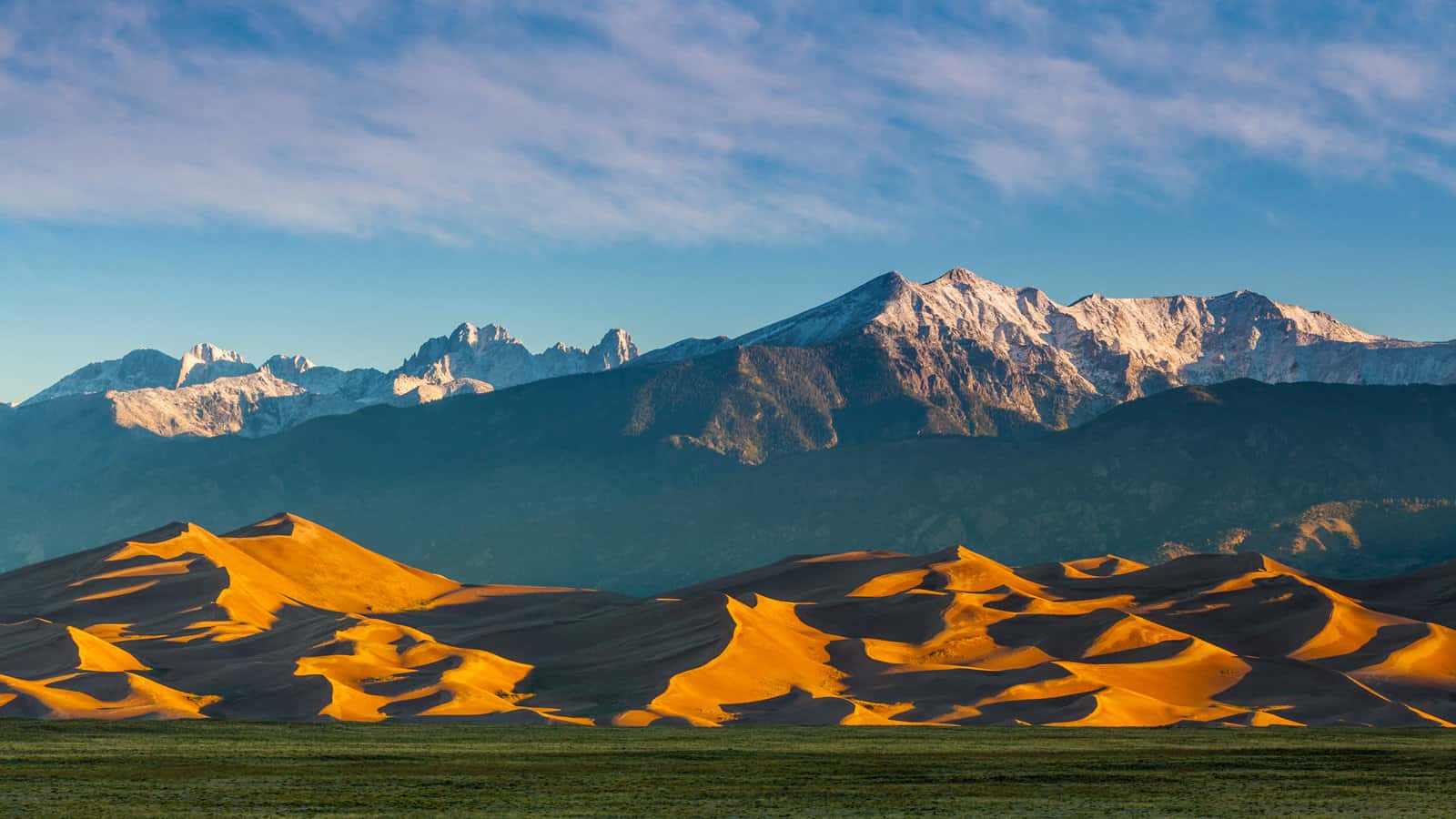
Surrounding Alamosa, Great Sand Dunes National Park and Preserve showcases the tallest sand dunes in North America. You can experience the dynamic landscape of dunes, forests, and Medano Creek, shaped by the wind. The park’s diverse environment supports a variety of wildlife and offers year-round recreational activities.
4. Black Canyon of the Gunnison National Park
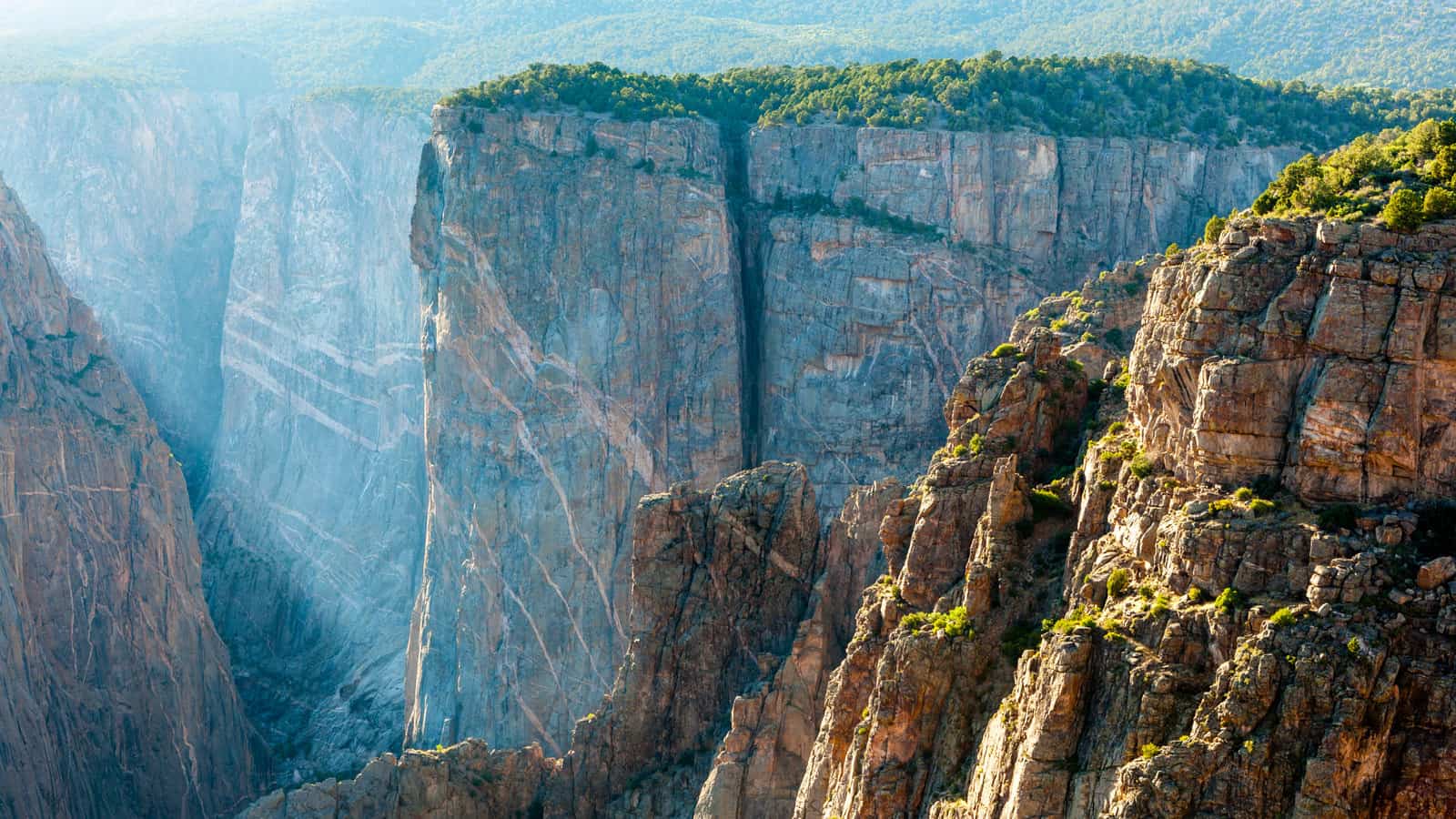
Near Montrose, Black Canyon of the Gunnison National Park presents dramatic steep cliffs and rock spires carved by the Gunnison River. The park’s centerpiece, the Painted Wall, is a breathtaking sheer cliff face, inspiring awe with its intricate patterns and sheer magnitude.
Activities and Recreation
In Colorado’s national parks, a rich tapestry of outdoor activities awaits you, each offering a unique way to experience the natural beauty of these protected areas.
Camping and Hiking
There’s no shortage of pristine camping sites where you can pitch tents or park RVs. Whether you prefer the camaraderie of developed campgrounds or the solitude of backcountry spots, options are available for all levels of outdoor enthusiasts.
Hiking trails range from leisurely nature walks to challenging ascents in the Rocky Mountains, offering breathtaking views and a sense of achievement.
Camping Options:
- Frontcountry (accessible by car)
- Backcountry (hike-in, permits required)
Popular Hiking Trails:
- Easy: Bear Lake Trail
- Moderate: Emerald Lake Trail
- Difficult: Longs Peak
Wildlife Watching and Fishing

Engage in responsible wildlife watching, observing animals in their natural habitat for a thrilling experience. For fishing enthusiasts, pristine lakes and streams abound with trout, offering both a peaceful pastime and the excitement of the catch.
- Wildlife to Watch For: Elk, bighorn sheep, moose
- Fishing Spots: Dream Lake, Big Thompson River
Winter Sports and Adventure

Embrace the chill with winter sports like snowshoeing through silent, snow-covered forests or the adrenaline of downhill skiing. For the adventurous, ice climbing offers a thrilling challenge against some of the most beautiful frozen backdrops.
Remember to always check weather conditions before embarking on winter activities to ensure our safety and enjoyment.
Historical and Cultural Significance
Colorado’s national parks are treasure troves of historical and cultural significance, guarding America’s deep historical narrative, especially regarding ancient civilizations and the birth of the conservation movement.
Ancient Civilizations and Archeological Sites
Colorado’s national parks are rich with archaeological sites that tell the stories of the Ancestral Pueblo people who inhabited the American West.
The cliff dwellings and pueblos found in these parks, such as those at Mesa Verde National Park, provide you with a glimpse into the lives and societies of these ancient civilizations.
The parks preserve not just homes and community structures but also sacred kivas – round, underground rooms used for ceremonies. These sites testify to the complex cultures that thrived long before European settlement.
Conservation and the National Park Service
The National Park Service plays a crucial role in preserving the archaeological treasures of Colorado, ensuring the protection and preservation of these lands for future generations to appreciate and learn from.
Your commitment to conservation reflects a dedication to safeguarding the nation’s rich history, embodied in the landscapes of the American West.
